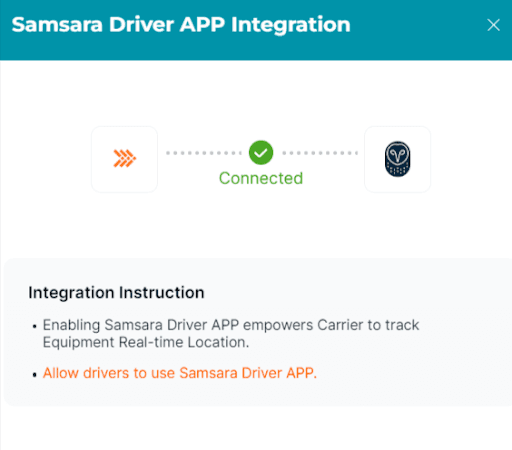ERP Integrations
For some fleets, their existing dispatch software is part of their ERP. This results in manual processes where human effort, keystrokes, and paper make up for the shortcomings of the ERP. This is very a common bottleneck that is mostly solved by deploying more manpower - a complete deterrent to growth.
Today these very often menial tasks can be automated freeing your team to work on the business rather than just in it. Common ERPs include SAP, Oracle, IBM, TMW's Innovative or TL2000, and others. These systems may reside on older servers or mainframes, predating the widespread use of APIs. Connecting with them often requires careful thought of data flows beyond simple ODBC connections or screen scraping.
Benefits
ERPs are the backbone of many businesses. By integrating your ERP with BeyondTrucks, you gain the power of modern fleet management capabilities without a complete system overhaul. Your ERP remains in place while BeyondTrucks becomes the streamlined conduit for connecting all your other point solutions – ELDs, fleet management, paperwork digitization, and more. The graphic on the right provides an example of a how we can integrate into SAP eliminating reams of paper waste, and manual processes.
Example: BeyondTrucks connection to SAP through an API was a first earning us the praise from their team (see quote in graphic.)
EDI Integrations
Electronic Data Interchange (EDI) remains the time-tested standard for structured communication within the trucking industry - it’s how Ross Perot made much of his fortune. In simple terms, it's a set of technical standards for exchanging load tenders, shipment updates, and more. EDI's strict formatting ensures reliability but can also introduce rigidity. In the 1990s, there were claims that XML was going to replace EDI but, as it stands today EDI appears to maintaining its place in the trucking.
Example: A majority of our customers have EDI connections either we at BeyondTrucks maintain or are managed by a third party. Carriers are often rated by shippers on their EDI responsiveness so monitoring that you are sending the right signals is crucial.
API Integrations
APIs (Application Programming Interfaces) are considered a modern, flexible way to exchange data in real time. BeyondTrucks's cloud architecture enables us to offer seamless integrations with numerous partners. This connectivity is one of the core values of a multi-tenant cloud system. Once an integration is built between two multi-tenant SaaS providers (say BeyondTrucks and ELD providers like Samsara or FMS solutions like Fleetio), the two platforms can connect users without building an integration each time a user needs to cost. This is highly cost efficient and convenient, since users only need to enter their API key (i.e. a uniquely identifying password) to connect their systems and then route their data.
We offer a library of API connections
Example: In our library of integrations, you select your vendor and input your API key and it the connection is virtually instant. Compared to integrating with a legacy TMS this is a breath of fresh air.
Flat File Integrations
You are probably using this method throughout your business (marketing, payroll, inventory, etc) and it’s questionable to be considered an integration but it deserves mention. Flat files (CSV, Excel) still have their place for simple data transfers or when connecting disparate systems internally or between customer and carrier. For instance, a customer might send their carrier a list of orders in a consistent format. BeyondTrucks is realistic and knows work outside TMS will always happen and we make uploading to our system easy.
Example: A customer may send you a spreadsheet of all the orders every Thursday. We could automate that ingestion or you could have your team upload it with two clicks (see graphic).
If you have questions about integration possibilities with BeyondTrucks please contact us at 205-881-3975 or info@beyondtrucks.com
Take Your Fleet to the Next Level
See how BeyondTrucks can transform your operations to have less manual processes and better workflows.



